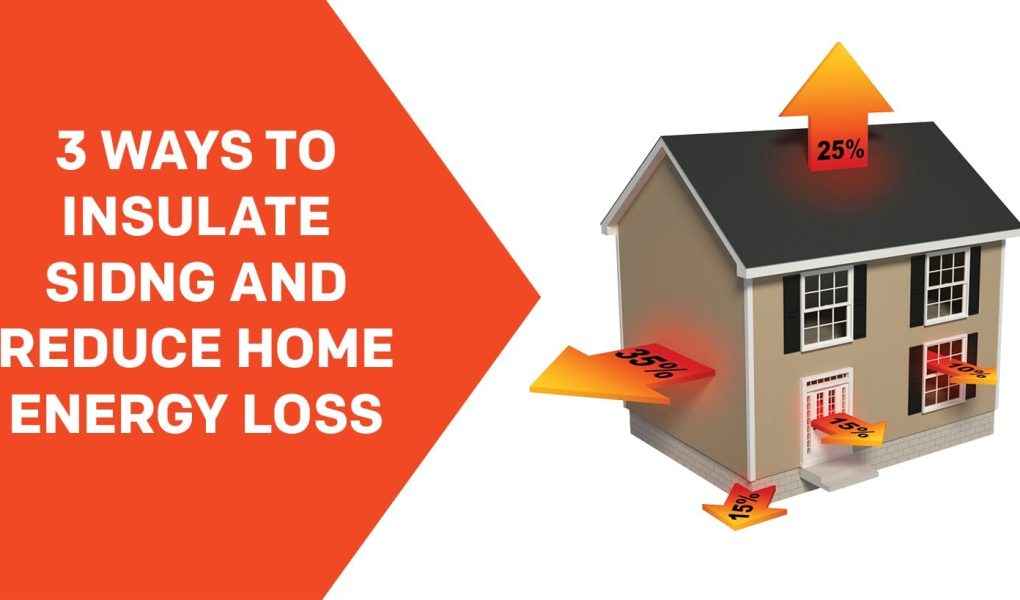Imagine living in a cozy, comfortable home that keeps you warm during the chilly winters and cool during the sweltering summers, all while helping you save money on energy bills. The secret behind achieving this lies in proper insulation. When you insulate your home well, you not only contribute to a more energy-efficient and environmentally friendly living space but also enhance your overall quality of life.
Luckily, there are modern materials and methods available to keep your home warm in the winter and cool in the summer. Learning about these materials will help you transform your home into a haven of energy efficiency and year-round comfort. In this article, we will cover several ways that you can best insulate your house so it is as efficient as possible.
1 – Attic insulation
Attic insulation is crucial for maintaining a comfortable temperature within your home, as heat tends to rise and can be easily lost through an inadequately insulated attic. Several materials can be used for attic insulation, such as fiberglass, mineral wool, cellulose, and spray foam. Each material has its advantages and disadvantages, depending on factors like cost, ease of installation, and energy efficiency.
Proper attic ventilation is essential to prevent moisture buildup, which can lead to mold, mildew, and structural damage. When insulating your attic, make sure to maintain a balance between insulation and ventilation. Soffit vents, ridge vents, and gable vents are commonly used to ensure adequate airflow through the attic space.
You should definitely schedule a site visit with a professional such as Attic Pros to understand what will work best for your home since there are many variables at play here.
2 – Wall insulation
For homes with existing walls that lack proper insulation, injected or blown-in insulation is an ideal solution. This method involves drilling small holes into the exterior or interior walls and then filling the cavities with insulation material, such as cellulose or fiberglass.
The process is non-invasive and can be done without major disruptions to your living space. Blown-in insulation conforms to the wall cavities, ensuring gaps and irregularities are filled, providing excellent thermal resistance and reduced air infiltration.
When constructing a new home or starting a major remodeling project, it’s the perfect opportunity to install high-quality insulation in your walls. The most common options for new walls include fiberglass batts, mineral wool batts, and rigid foam boards. Learn how to meet the requirements for an external wall insulation grant under the ECO scheme by referring to Warma UK’s comprehensive guide
3 – Window and door insulation
Windows and doors are common sources of air leaks, which can significantly impact your home’s energy efficiency and comfort levels. Weatherstripping is an affordable method to seal these air leaks. It involves applying adhesive strips or gaskets around the window and door frames.
There are various types of weatherstripping materials available, including adhesive-backed foam tape, V-strip, and door sweeps, each designed to accommodate different door and window styles.
Window film is another useful method to enhance insulation around windows, especially in homes with single-pane glass. Insulating window films are thin plastic layers that can be applied directly to the interior surface of the glass.







